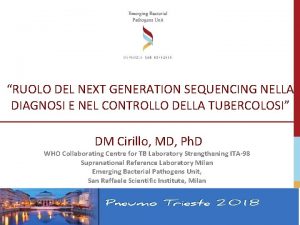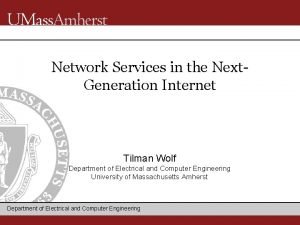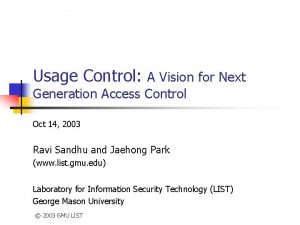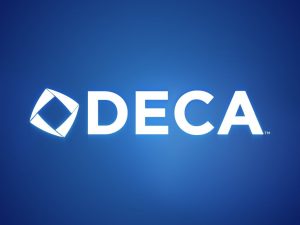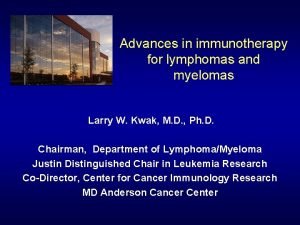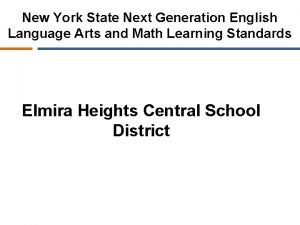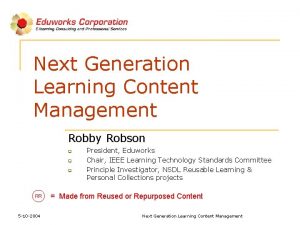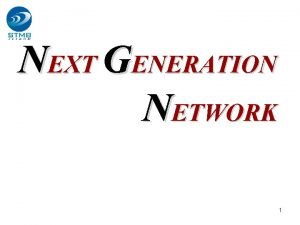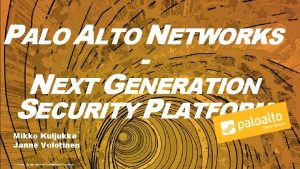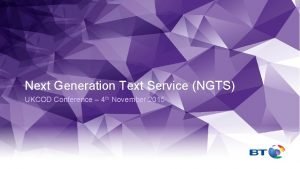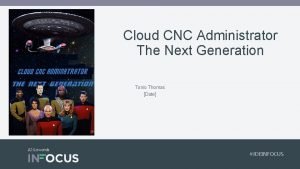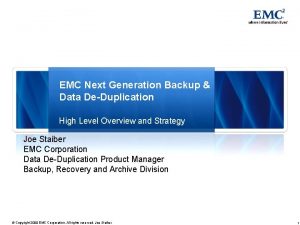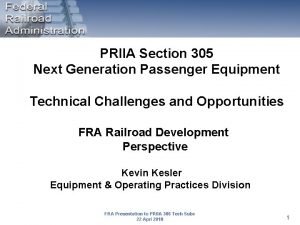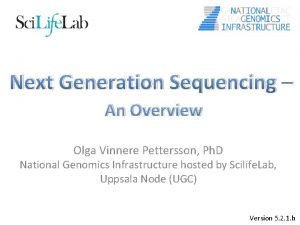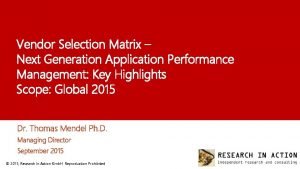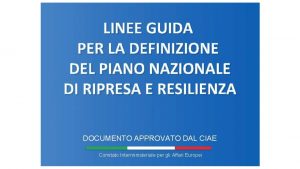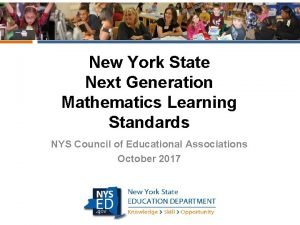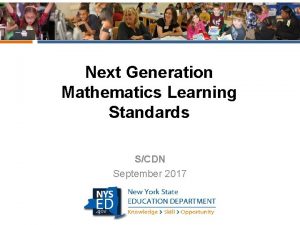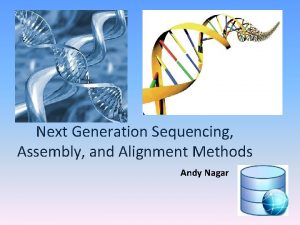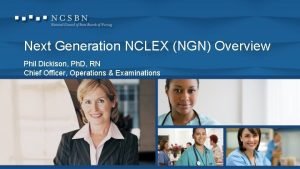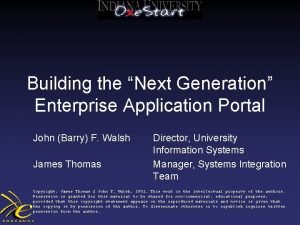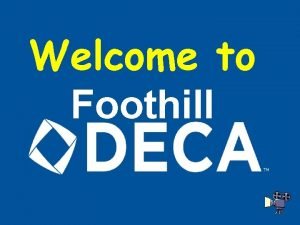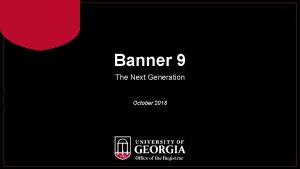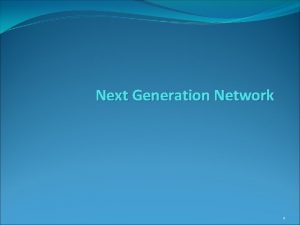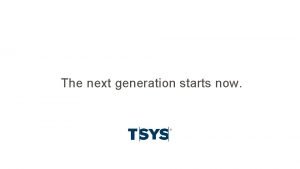Next GenWA NSFIUSE 2016 2020 The Next Generation













![Critical Component Working Groups ❑Clinical Practice and Induction ❑Computer Science Integration [into teacher education] Critical Component Working Groups ❑Clinical Practice and Induction ❑Computer Science Integration [into teacher education]](https://slidetodoc.com/presentation_image_h/9af942bca0fe76b3ebc390dd82ac457f/image-14.jpg)














- Slides: 28

Next. Gen-WA (NSF-IUSE 2016 -2020) The Next Generation of STEM Teacher Preparation in Washington State Ed Geary, Dan Hanley, and Roxane Ronca (WWU), Jenny Dechaine (CWU), Julie Antilla (SPU), Kathryn Baldwin (EWU), Tamara Nelson (WSUVancouver), Ann Wright-Mockler (PNNL), Jose Rios (UW-Tacoma), Ellen Ebert (OSPI), Jacob Clark Blickenstaff (WA-LASER)

Webinar Agenda ▶ ▶ ▶ Brief History of Next. Gen-WA project Synopsis of our Proposal to NSF Proposed Plan of Action Project Evaluation January 14 th Workshop at Seattle University Questions

Who We Are ▶ 12 x Four-Year Colleges & Universities ▶ ▶ ▶ --producing >90% of STEM teacher graduates in Washington State Two-Year College STEM Faculty Western Governors University K-12 Educators---Teachers, Principals, District Administrators Businesses---Google, Code. org Govt. Orgs---OSPI, PESB, ESDs, PNNL NGO’s—MESA, Pacific Science Center, Washington LASER, WASTEM, WA-To. S, WA-To. M, Compass 2 Campus

How did we get here? ▶ Drivers of Change ▶ NGSS and CCSS Math and LA ▶ STEM Workforce Needs ▶ Computer Science Education Legislation ▶ Conducted---NGSS STEM Teacher Preparation Course(s) Gap Analysis ▶ Held Multi-Institutional Workshops---January, May, and October, 2015 ▶ Developed a shared vision of STEM teachers (elementary, middle, and high school) in 2030

As a result of our 2015 planning we. . ▶ Identified three Capacity Building Components and six STEM Teacher Preparation critical component areas ▶ Formed Working Groups in each of the Six Critical Component areas ▶ Developed a Collaborative Proposal to NSFIUSE to improve STEM Teacher Preparation across the state over the next four years ▶ Received $3 million in funding (collectively) in Summer 2016 to support our work over the next four years

The Next. Gen-WA Proposal ▶ Goals ▶ Collective Impact Framework ▶ Plan of Action ▶ Management and Communications ▶ Evaluation and Research

Goals ▶ Improve STEM teacher preparation programs in the state (impacting greater than 90% of Washington’s future STEM teacher graduates) ▶ Increase recruitment of qualified and diverse STEM students into teaching ▶ Create an adaptive, researchbased model for improving STEM teacher preparation through collaboration.

Anticipated Outcomes and Benefits ▶ State Level ▶ ▶ Regional Level ▶ ▶ Stronger Collaborations between Colleges and widespread support for improvement of STEM Teacher Preparation Program Level ▶ ▶ Stronger Collaborations between IHE’s, K-12, NGOs, businesses and Govt. Institutional Level ▶ ▶ Adaptive Model for ongoing Program Improvement through collaboration NGSS and CCSS aligned STEM Teacher Preparation Programs, Courses, and Curricula (including Computer Science, Engineering and Ef. S) Individual Level ▶ Faculty --- understand, use, and model evidenced based teaching-learning practices ▶ Diverse Preservice Students… better prepared to support 21 st Century Learning for all students

Collective Impact Framework ▶ Common Vision: One size does not fit all, but shared vision and goals are more likely to be realized ▶ Shared Measurement: Results are measured consistently, with shared accountability ▶ Mutually Reinforcing Activities: Activities of each group inform others’ plans ▶ Continuous Communication: Builds and maintains trust, collaboration, and motivation ▶ Backbone Support: Takes on the role of overall coordination and management Reference: Kania, J, and M. Kramer, 2011 and Hanleybrown, F. , J. Kania, and M. Kramer, 2012 ---Stanford Innovation Review

So What Are We Trying To Change?

Questions

Plan of Action

Capacity Building Working Groups ▪ Understanding and supporting productive Organizational Change ▪ Increasing the Diversity of the STEM teaching workforce ▪ Collaboration-building within and across institutions and disciplines
![Critical Component Working Groups Clinical Practice and Induction Computer Science Integration into teacher education Critical Component Working Groups ❑Clinical Practice and Induction ❑Computer Science Integration [into teacher education]](https://slidetodoc.com/presentation_image_h/9af942bca0fe76b3ebc390dd82ac457f/image-14.jpg)
Critical Component Working Groups ❑Clinical Practice and Induction ❑Computer Science Integration [into teacher education] ❑Engineering Integration [into teacher education] ❑Pedagogical Content Knowledge ❑Education for Sustainability ❑Math and STEM (new) https: //drive. google. com/open? id=0 B 3 l 0 w 95 z. ALo. ORlhn. T 3 NSdmduclk

Timeline and Commitments for Working Groups Core group (4 -6 people) members commit to and are compensated for a few days up to 2 weeks’ time/year. Expert Review-Liaison members (10 -15) are supported with travel funds to attend Next. Gen meetings and Professional Development workshops. All Implementation Team and Working Group members attend Annual Meetings Individual Working Groups develop and provide Professional Development in years 2 -4 Implementation Teams develop plans and strategies throughout the period

Guiding Questions and Key Components of Education for Sustainability (Ef. S) Working Group ▶ ▶ ▶ What does Ef. S involve/include? How do we incorporate Ef. S into teacher preparation? How do our programs conceptualize Ef. S as a social justice /equity practice? How do we incorporate Ef. S as an integrative theme? How do we develop Ef. S programs that support inclusive and diverse recruitment, retention, and future placement of teachers?

How to Incorporate Ef. S into Teacher Education? ▶ Top down – Environmental and Sustainability Education (ESE) Add-On Endorsement ▶ ▶ Currently 6 teacher prep programs in WA offer the endorsement Bottom up – Integrate Ef. S across curriculum ▶ Based on state competencies for teacher preparation and the Washington State Environmental and Sustainability Education Standards

Ef. S Working Group Next Steps ▶ Explore additional existing Ef. S resources ▶ Analyze examples and models of Ef. S ▶ Pilot Ef. S curriculum and models among working group members ▶ Plan and present professional development about Ef. S for regional teams of STEM Educators ▶ Evaluate and improve Ef. S professional development

Questions

Plan of Action: 2016 -2017 ▶ ▶ Project Overview (Today’s Webinar) January 14, 2017— 1 day Workshop at SPU Year 1 --- Build Capacity for Change Year 1 --- Research and Development ▶ ▶ Form Implementation Teams ▶ ▶ Working Groups--- Find/develop models and resources for 6 Critical Component Areas of STEM Teacher Preparation To Pilot test and implement in Years 2 -4 Develop common metrics and collect baseline data

Structure of the WA Next. Gen STEM TP Project Capacity-Building Working Groups: • Organizational Change issues • Diversity Issues • Collaboration Building Capacity Working Groups consist of 12 to 20 cross-institutions partners working collaboratively, and their results inform all aspects of the project Implementation Groups: State Implementation Council Regional Implementation Teams Management Team External Advisory Board STEM TP critical component Working Groups: • Clinical Practice and Induction • Strengthening PCK • Integrating Computer Science into TP • Integrating Engineering in TP • Integrating Education for Sustainability into TP • Math and STEM integration Critical Component WG’s consist of 12 to 20 cross-institutional partners working collaboratively Arrows indicate regular feedback, support, communication and assessment, as well as research and evaluation processes

Project Communications via--- ▶ Zoom Meetings ▶ Google Drive and Google Docs ▶ Email ▶ Phone ▶ Webinars, and ▶ Face-to-Face (Annual Meetings)

Next. Gen STEM Teacher Preparation Project Evaluation Internal Evaluator: Dan Hanley, WWU External Evaluators: Eric Banilower & Peggy Trygstad, Horizon Research Inc.

Goals and Year 4 Benchmarks ▶Improve STEM teacher preparation programs in the state ▶ Partnering HEIs have incorporated one or more of the models shared by the working groups into their STEM teacher prep programs. ▶Increase the recruitment of qualified and diverse STEM students into teaching ▶ Partnering HEIs have clearly articulated and disseminated strategies and incentives to recruit underserved student populations into their institutions and STEM teaching programs. ▶Create an adaptive, research-based model for improving STEM teacher preparation through collaboration ▶ Increased quantity and quality of collaborations across partnering HEIs, and an understanding of the factors that support or inhibit high-quality collaborations.

Internal Evaluation 1) Document the iterative design process 2) Assist working groups in pilot-testing their innovations

External Evaluation 1. Collaborative efforts and impacts of the nine Working Groups 2. Quality and impacts of the Summer Workshops 3. Institutional Profiles

Muddiest Point ▶ Please write down your “muddiest point” about Next. Gen-WA

Questions
 X.next = x.next.next
X.next = x.next.next Second generation vs first generation antipsychotics
Second generation vs first generation antipsychotics God you are good and your mercy endureth forever
God you are good and your mercy endureth forever Mic next generation sequencing
Mic next generation sequencing Network as a service for next generation internet
Network as a service for next generation internet Usage control model
Usage control model Deca prepares the next generation to be
Deca prepares the next generation to be Next generation vaccine
Next generation vaccine Nys ela standards
Nys ela standards Robson management corporation
Robson management corporation Next generation network definition
Next generation network definition Palo alto traps gartner
Palo alto traps gartner Next generation text service
Next generation text service The next generation
The next generation Nclex clinical judgement model
Nclex clinical judgement model Next generation enterprise network
Next generation enterprise network Next generation backup
Next generation backup Next generation equipment committee
Next generation equipment committee Next-generation digital services
Next-generation digital services Next generation sequencing methods
Next generation sequencing methods Vendor selection matrix
Vendor selection matrix Fondi next generation eu
Fondi next generation eu Next gen math standards
Next gen math standards Nys next generation math standards
Nys next generation math standards Next generation sequencing
Next generation sequencing Next generation assessments
Next generation assessments Next generation nclex 2019
Next generation nclex 2019 Onestart iu
Onestart iu Foothill deca
Foothill deca



